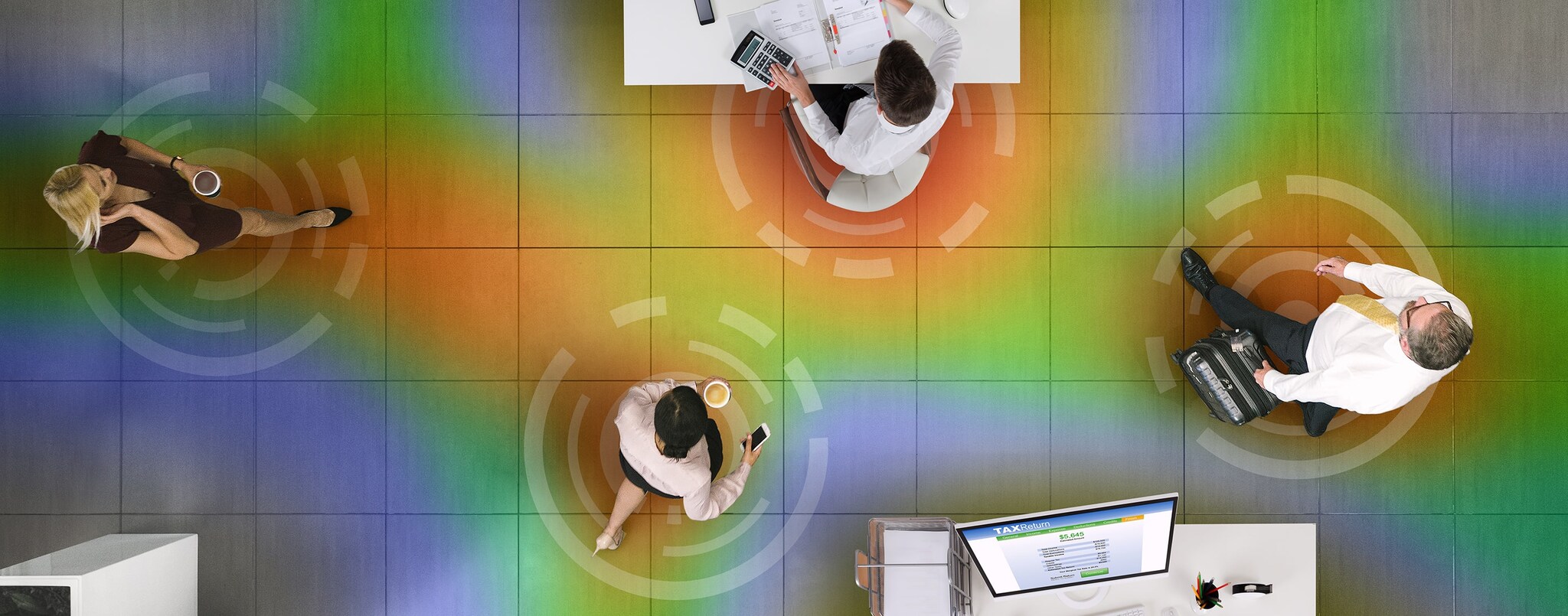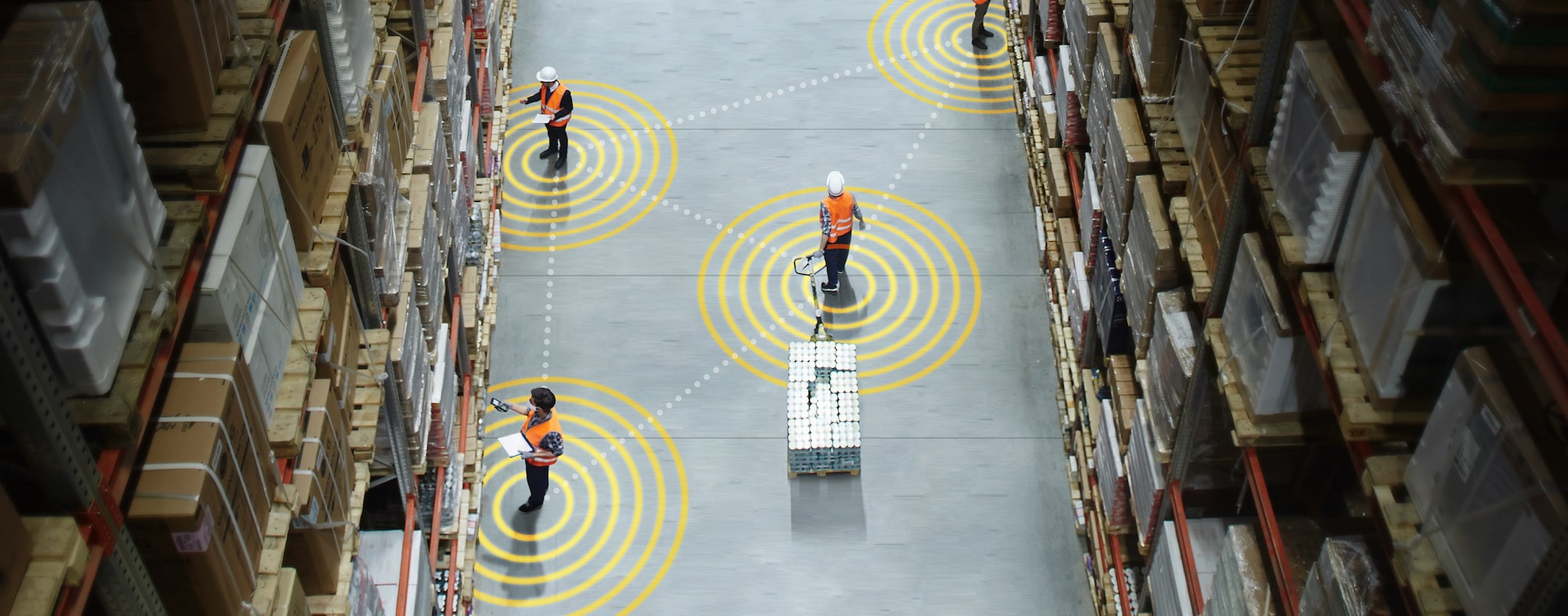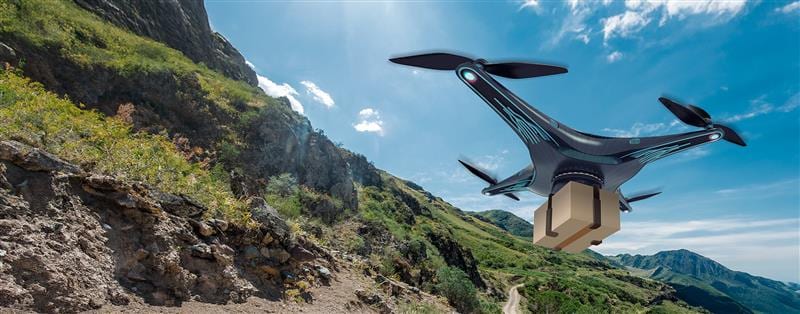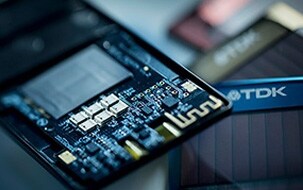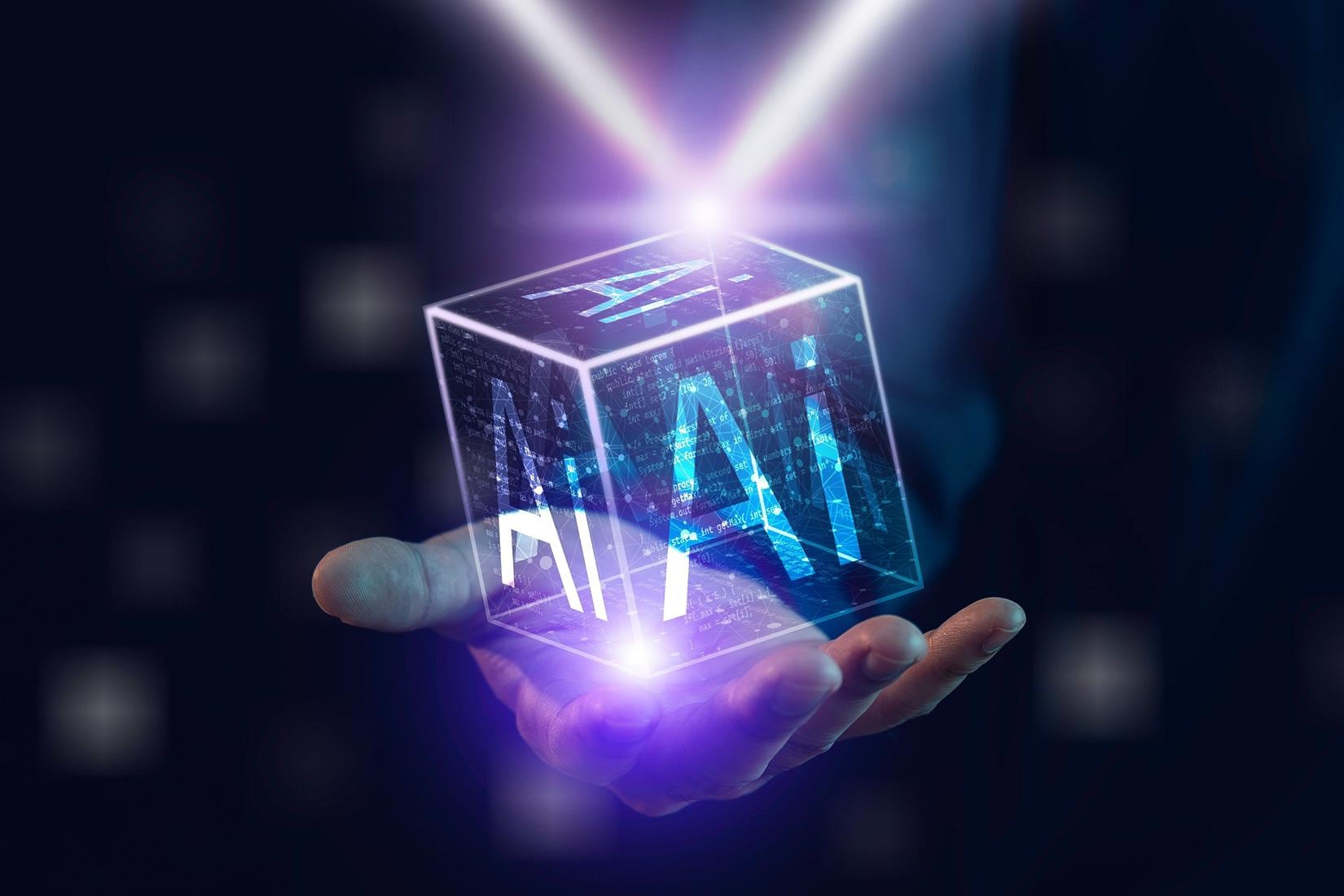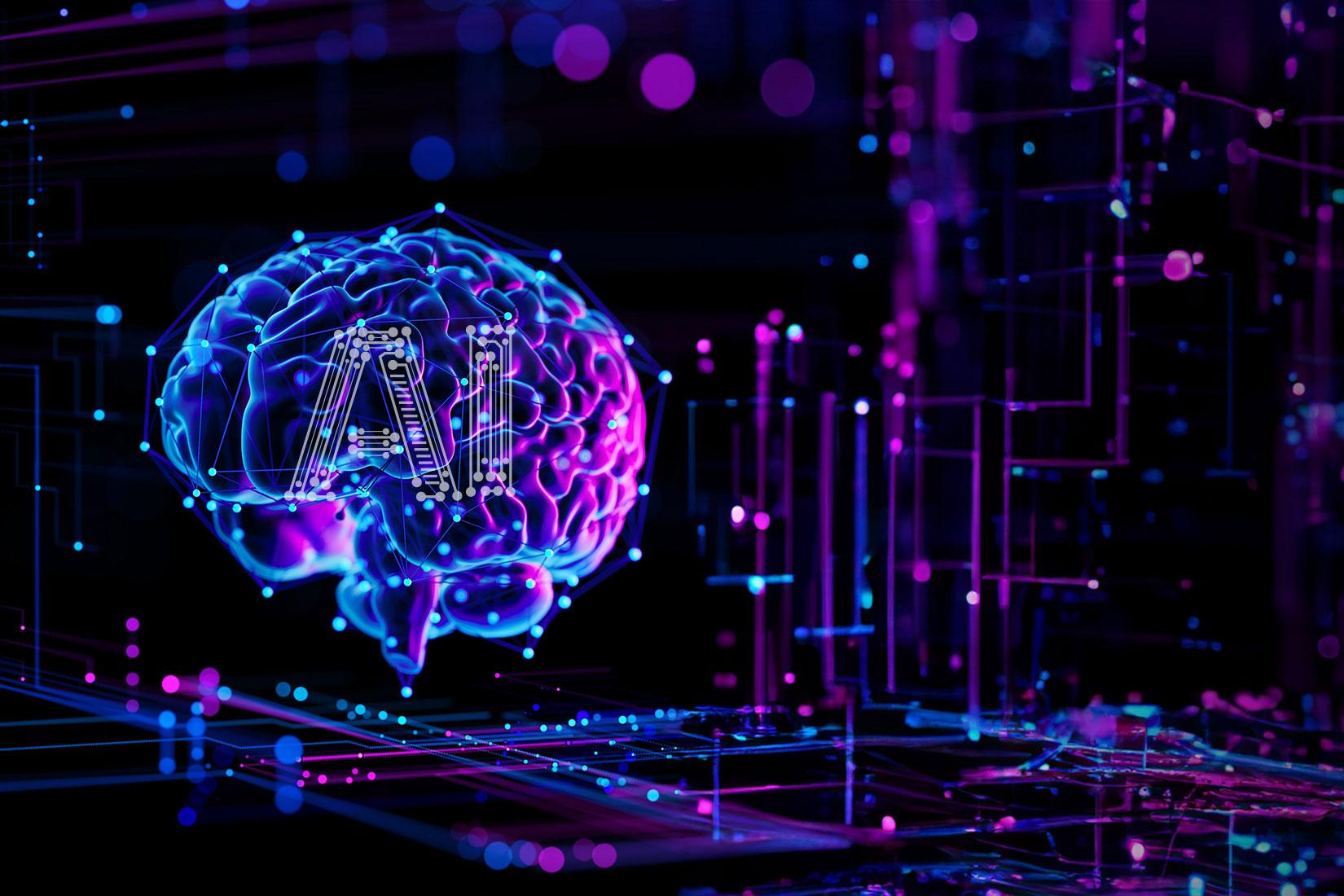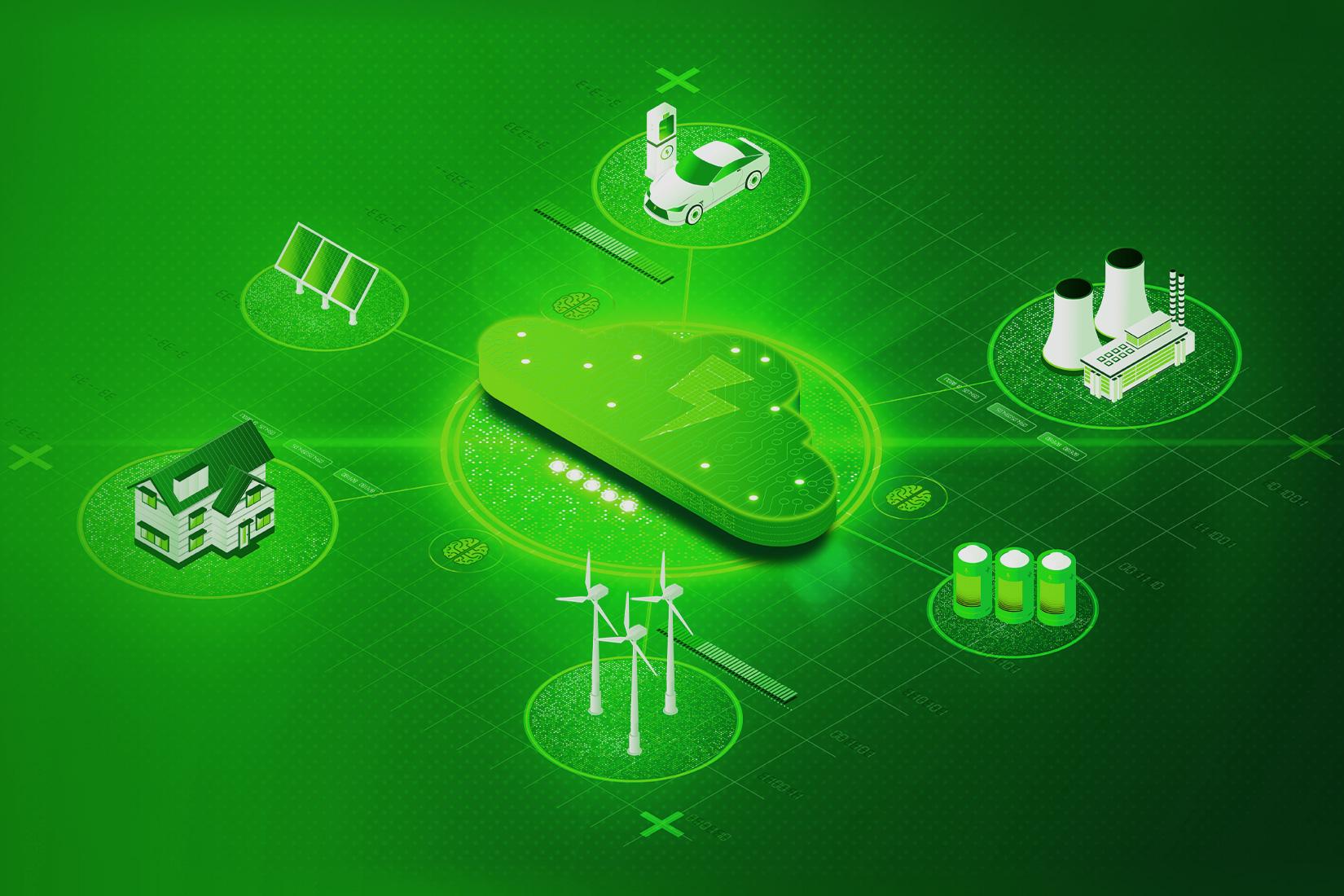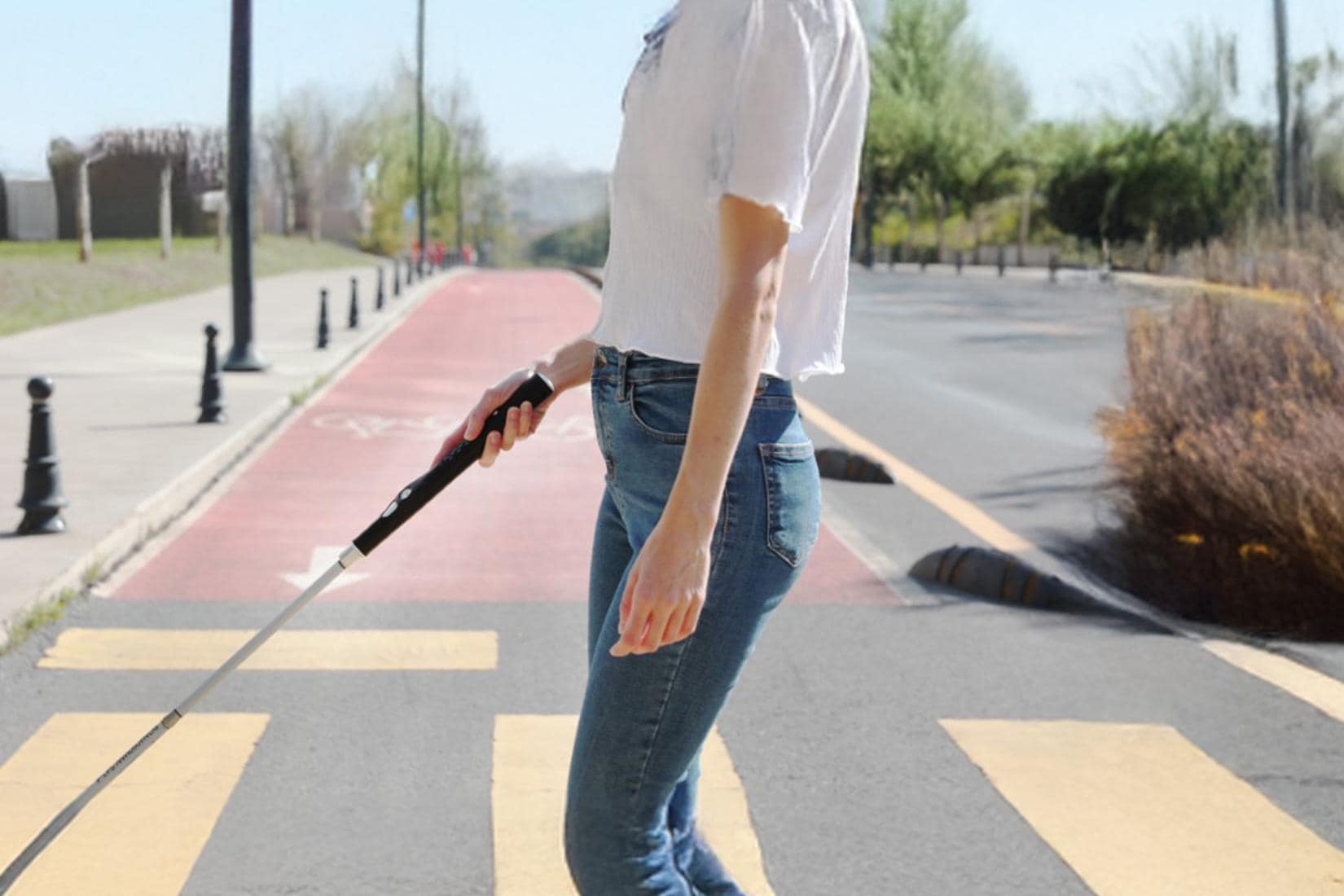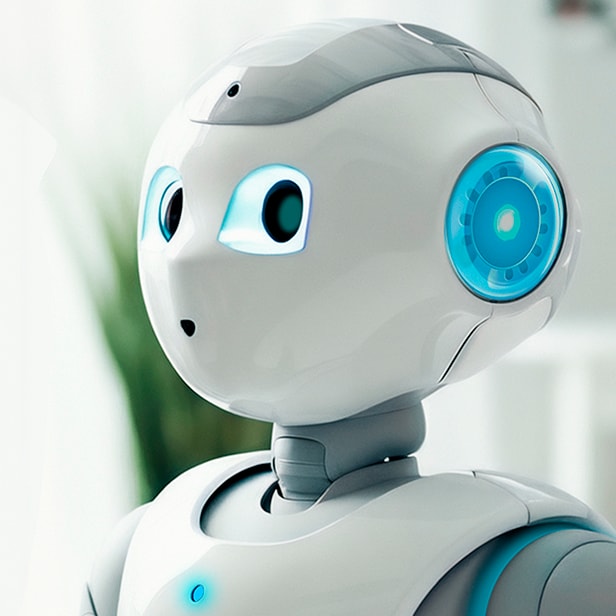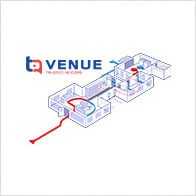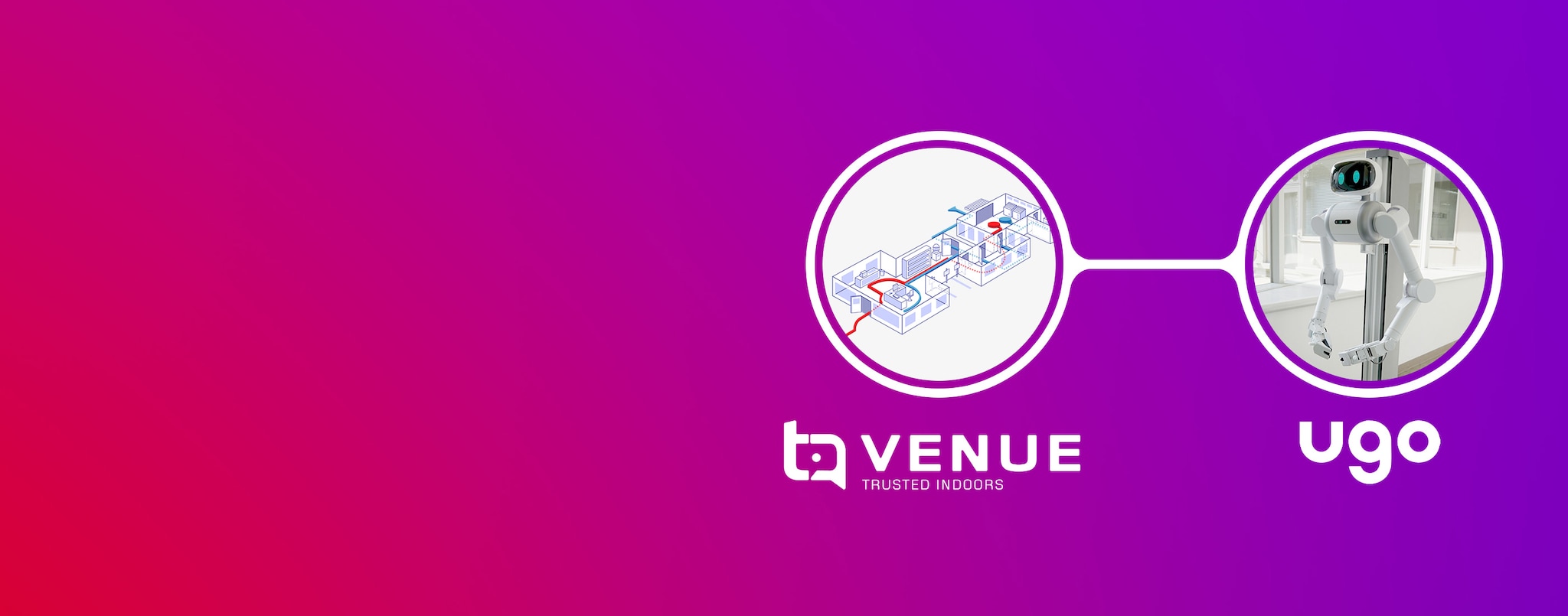
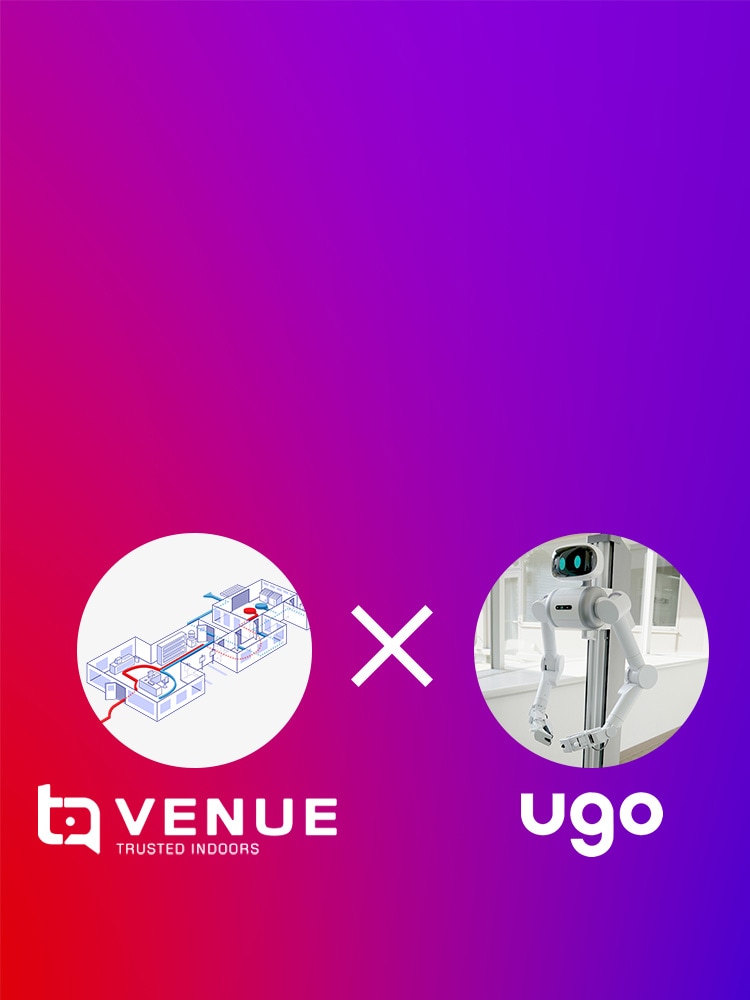
Collaboration Between Indoor Positioning Solution VENUE® and Latest in Robotics Sparks New Possibilities
TDK’s indoor positioning solution VENUE® can accurately track people and objects in indoor environments where GPS/GNSS*1 signals are unavailable. By collaborating with the latest technologies that allow service robots to traverse office buildings, hospitals, and warehouses, VENUE® has great potential to dramatically raise the efficiency of managing people and objects, alleviate labor shortages, and boost productivity.
▶Related Stories:
Stop Looking: The Power of Indoor Positioning Based on Geomagnetism
Could an Indoor Location Information System Become a Magic Bullet that Mitigates COVID-19?
VENUE®—a groundbreaking indoor positioning system solution
TDK’s VENUE® indoor positioning solution is designed to determine the location of people and objects using smartphones or dedicated terminals. It enables the real-time visualization of the locations of moving objects, such as smartphones with dedicated apps installed, or forklifts and self-propelled robots equipped with dedicated terminals.
VENUE utilizes Earth’s native geomagnetism*2 for positioning. Geomagnetism exhibits a unique magnetic pattern at each location due to interference with structures like rebar and metal, and VENUE leverages this uniqueness. The geomagnetism of a target area is surveyed and combined with location information from a conventional map to create a “geomagnetic map” in advance. Positions can then be determined from the magnetism detected by magnetic sensors on smartphones and dedicated terminals.
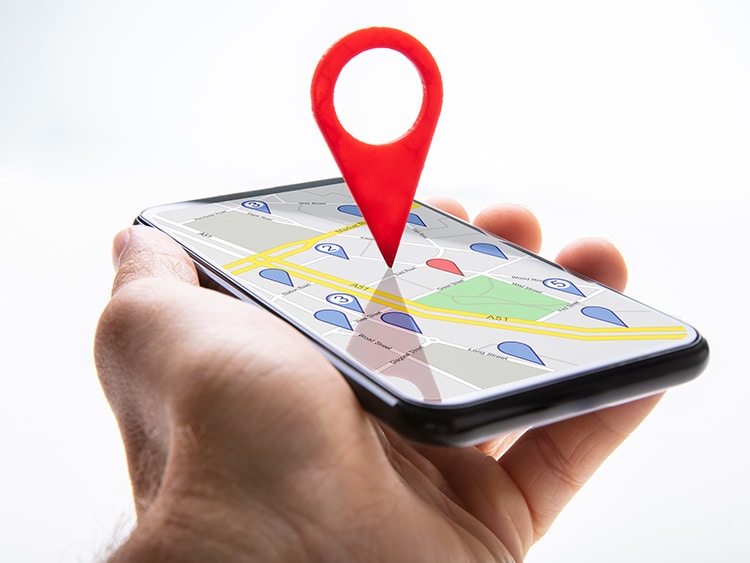
Compared to indoor positioning solutions such as those based on beacons (Bluetooth), VENUE offers superior expandability and cost-effectiveness because it requires only a minimal number of wireless devices to be installed. VENUE also references RSSI values (signal strength) from existing Wi-Fi access points to enhance positioning accuracy.
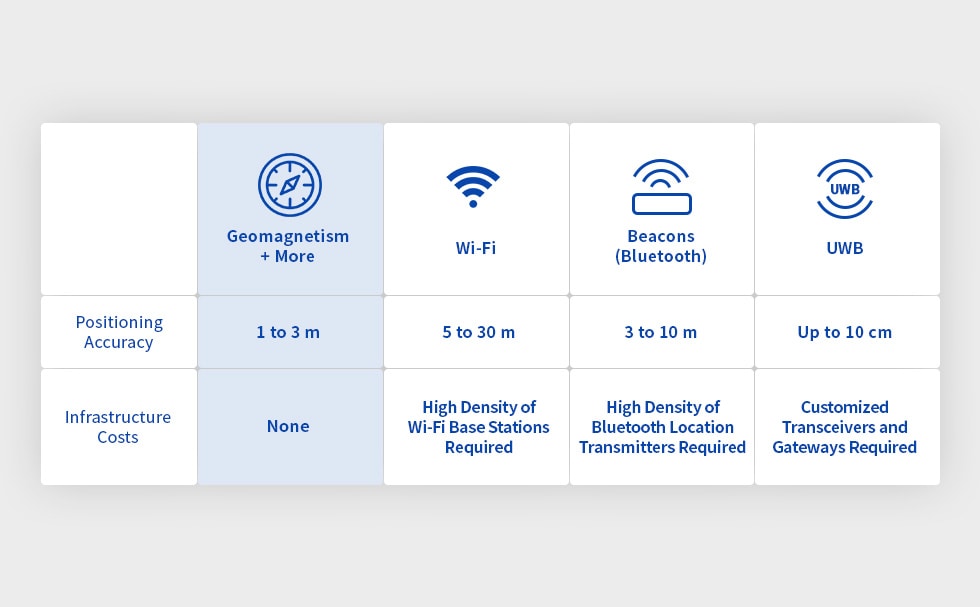
VENUE’s high-precision, wide-area positioning and low-cost implementation enable it to visualize the real-time presence of employees in offices as well as the movement of workers and objects in factories, warehouses, construction sites and hospitals. But VENUE’s possibilities can go much further—it can provide even greater value by coupling it with other solutions. One such example is a validation trial conducted for a potential collaboration with ugo (pronounced “you-go”), a next-generation avatar robot from ugo, Inc.
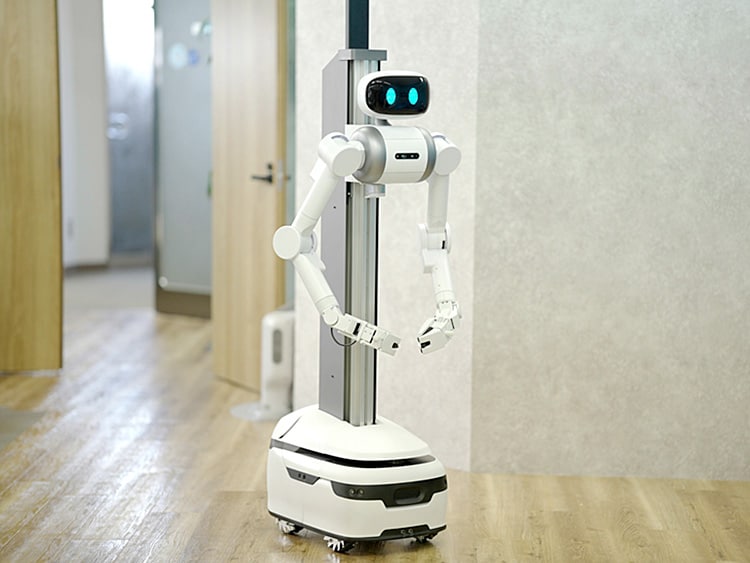
Collaborative robots expand range of utilization
Featuring two arms and mobility functions, ugo is a next-generation avatar robot that can safely travel autonomously, thanks to multiple sensors including LiDAR*3. It can be deployed in place of humans for security and equipment inspection at facilities, inventory work and other applications. (Image courtesy of ugo, Inc.)
In an experiment with TDK, an environment was created after a smartphone with VENUE installed was carried by ugo, that enabled the positioning of ugo on VENUE as it circulated along a programmed route. This enabled to verify that the position of a person holding a VENUE terminal and ugo could be visualized simultaneously on the same screen.
Since ugo is equipped with a camera that covers a 360-degree field of view, if a suspicious person or object is encountered, it can conceivably be used to confirm its location in real time on VENUE. In addition to security and inspections at facilities, the practicality of unmanned asset management was examined by having ugo carry scanners for barcodes, QR codes, RFID tags and other asset management tags.
This is an example of collaboration between VENUE, which is capable of high-precision positioning of people and objects and can be integrated with asset management solutions such as RFID—and ugo, which can safely drive itself along a regularly scheduled route. Because it doesn’t rely on human labor, it can be an effective solution to a problem many industries are facing today: workforce shortage.
Partnership between VENUE and ugo opens new possibilities
VENUE, as mentioned earlier, requires the creation of a geomagnetic map of the target area before positioning can begin. Until now, a person with a smartphone had to conduct the survey. If the same process can be accomplished with ugo, not only would it cut the time required to set up VENUE, but it could also enable service in areas that are difficult for humans to access physically.
Ken Matsui, founder and CEO of ugo, Inc., shared his thoughts on the collaboration between VENUE and ugo. “The ability to know the location and status of all people and things is an essential component of the digital transformation of business. By having our robot ugo coordinate with people and things deployed in the field, overall optimization can be achieved by fine-tuning the programmed operations of robots when co-working with people and by managing real-world situations through a digital space.”
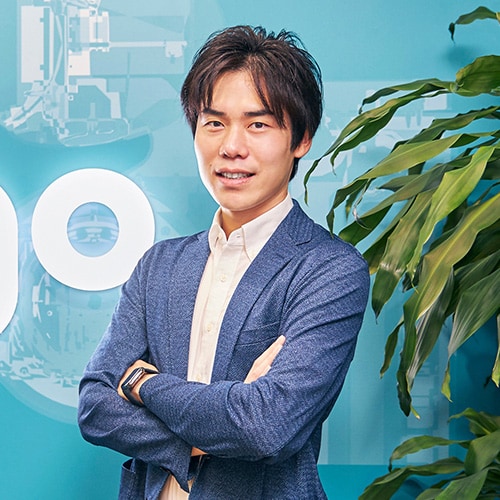
CEO
ugo, Inc.
Photo courtesy of ugo, Inc.
VENUE is powered by sophisticated indoor positioning algorithms that combine data from high-precision sensors like magnetometers, accelerometers, and gyroscopes with Bluetooth and Wi-Fi signals, enabling a highly precise yet low-cost implementation. “Affordability is a substantial benefit for customers, and the technology sets itself apart from conventional indoor positioning technologies. We expect the system to be introduced in a variety of applications in the future, including in conjunction with robots such as ours, and the number of successful examples to grow,” continued Matsui.
TDK is determined to maximize the VENUE’s value by combining it with other solutions, thereby helping solve a wide range of societal problems. For more information on VENUE and ugo, please visit the following websites.
Terminology
- GPS/GNSS: Short for Global Positioning System/Global Navigation Satellite System. A general term describing satellite positioning systems used to determine positions on the ground by receiving signals from multiple satellites. GPS is a GNSS developed by the United States.
- Geomagnetism: The magnetism and magnetic fields emitted by Earth. Because it exhibits unique values at every location on Earth, it can be used to determine locations both indoors and outdoors.
- LiDAR: Short for Light Detection And Ranging. A technology that detects the distance to an object and its shape based on the reflections of laser shone on it.

